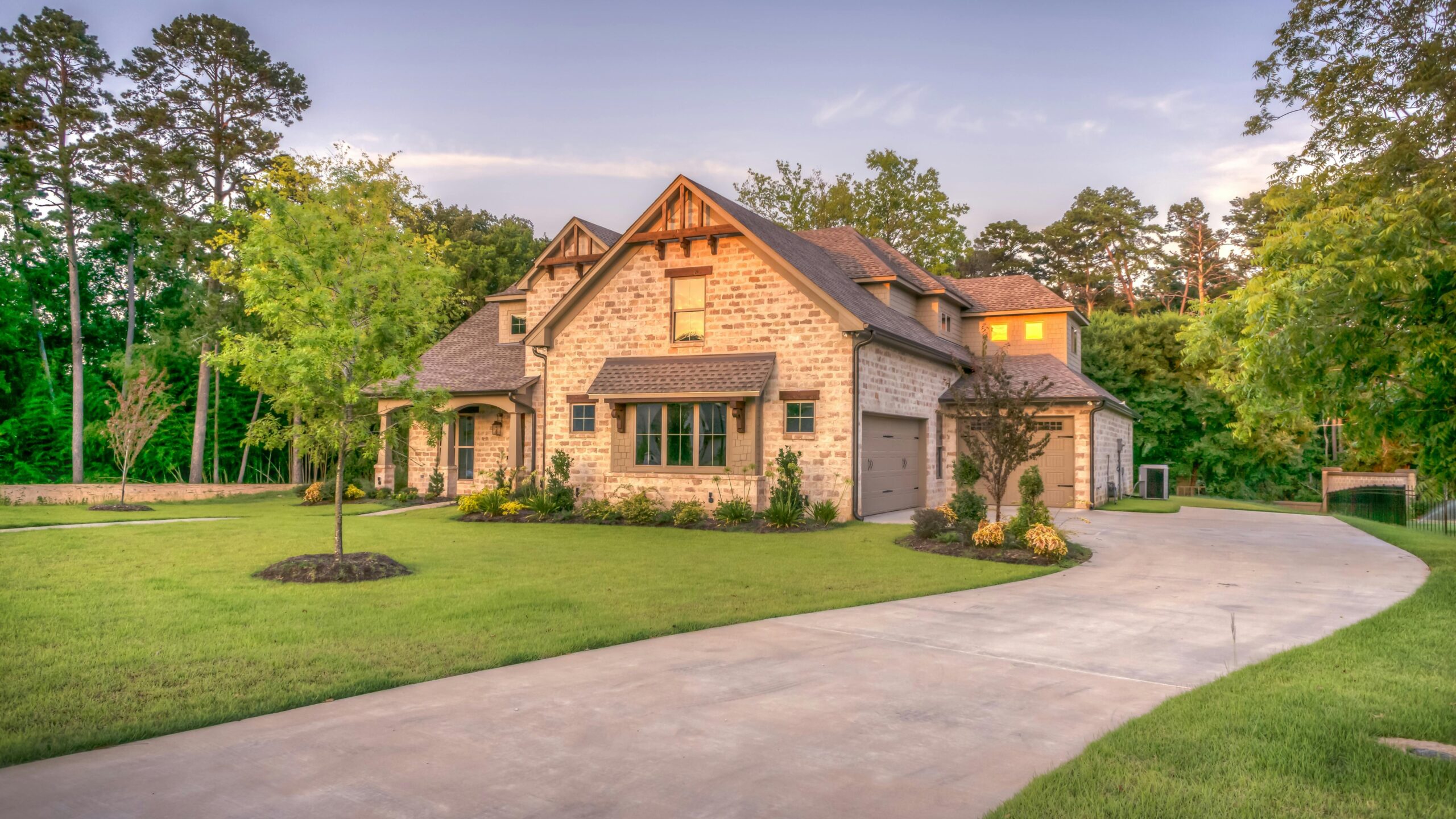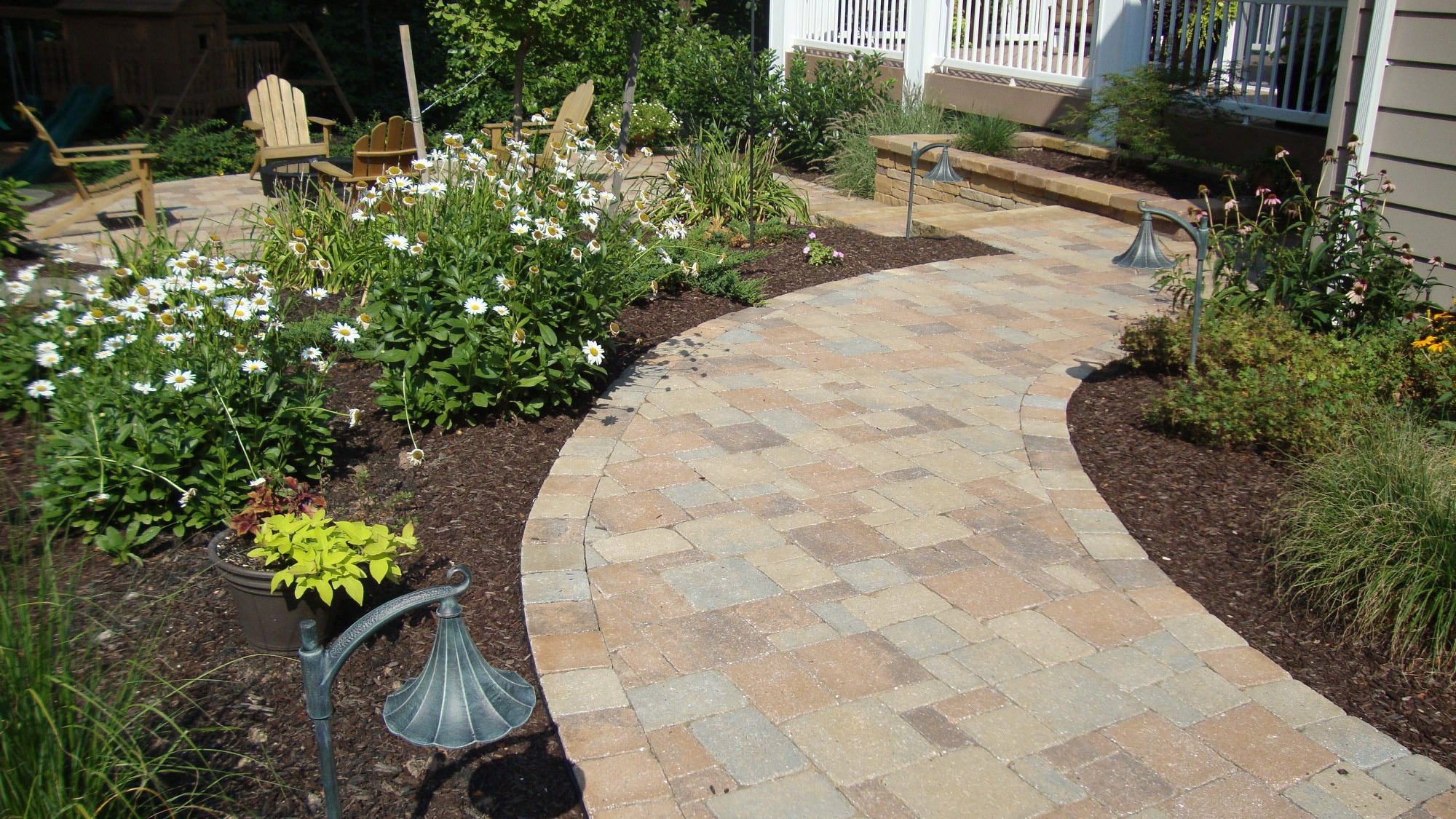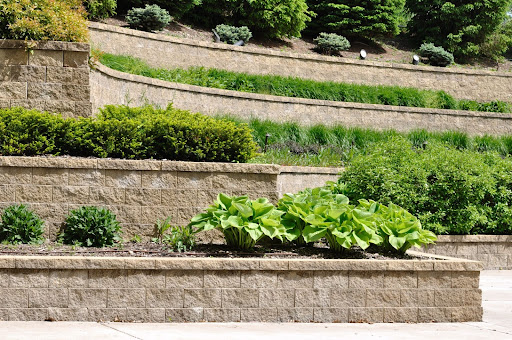When creating outdoor spaces, hardscaping is a crucial factor that boosts functionality and catches the eye. Driveways, pathways, and retaining walls are prime examples of hardscaping components that serve practical purposes while improving the overall aesthetic of outdoor sanctuaries.

A meticulously designed driveway goes beyond mere practicality; it acts as the welcoming path to your home, making a lasting impression on visitors. Its durability is paramount, needing to withstand the weight of vehicles without showing signs of wear and tear. Among the various options available, materials like concrete, asphalt, pavers, and gravel are renowned for their resilience and longevity, ensuring they can endure daily use. Enhancing the aesthetic appeal of your driveway involves incorporating decorative elements such as intricate borders, stamped patterns, or integrated lighting. This will not only elevate its visual allure but also turn the driveway into a captivating focal point, creating a warm and inviting atmosphere.

Pathways serve as vital conduits that seamlessly link various sections of your outdoor sanctuary, facilitating smooth navigation and improving the overall functionality of your space. Much like driveways, these pathways demand a blend of slip resistance and durability to ensure safety, especially during inclement weather conditions. Optimal pathway construction includes using natural stone, pavers, brick, or concrete, prized for their robustness and adaptability to diverse environments. Integrating curves, intricate patterns, or thoughtfully placed landscaping elements along the pathway are attractive and imbue your outdoor retreat with an enchanting ambiance, inviting exploration and relaxation amidst nature’s splendor.

Retaining walls serve multifaceted purposes in outdoor landscaping, acting as critical barriers against soil erosion, effective managers of water runoff, and facilitators of the creation of usable terrains, particularly on sloped landscapes. Beyond their practical functions, retaining walls contribute significantly to the structural integrity and aesthetic appeal of your property. Popular materials for constructing retaining walls include natural stone, concrete blocks, and timber, prized for their durability and versatility in design. By integrating innovative features such as terraced levels, built-in seating, or decorative planters, retaining walls can transcend their functional roles to become captivating focal points that elevate the overall ambiance. These additions increase beauty and provide additional functionality, such as creating seating areas for relaxation or incorporating greenery for added natural beauty.
By thoughtfully choosing components, incorporating design features, and focusing on intricacies, you can develop outdoor spaces that are both functional and visually charming, offering an ideal backdrop for unwinding, leisure, and pleasure. If you’re eager to enhance your landscape to better align with your lifestyle, feel free to contact us.
